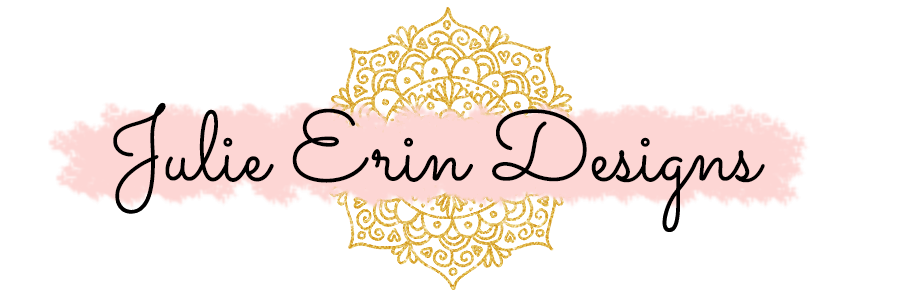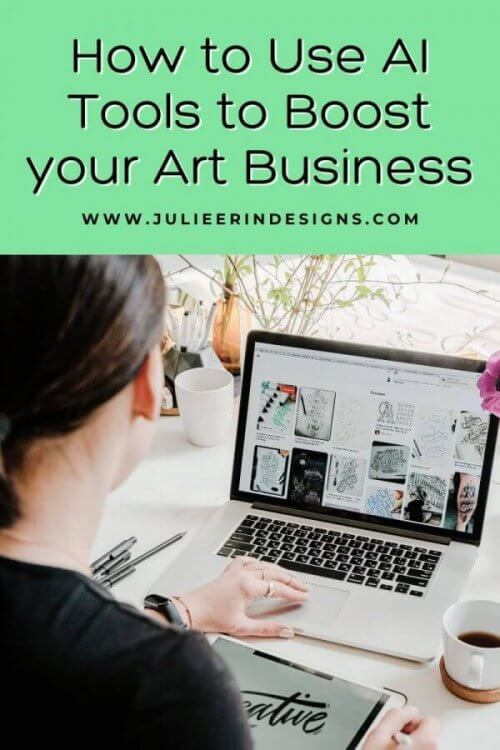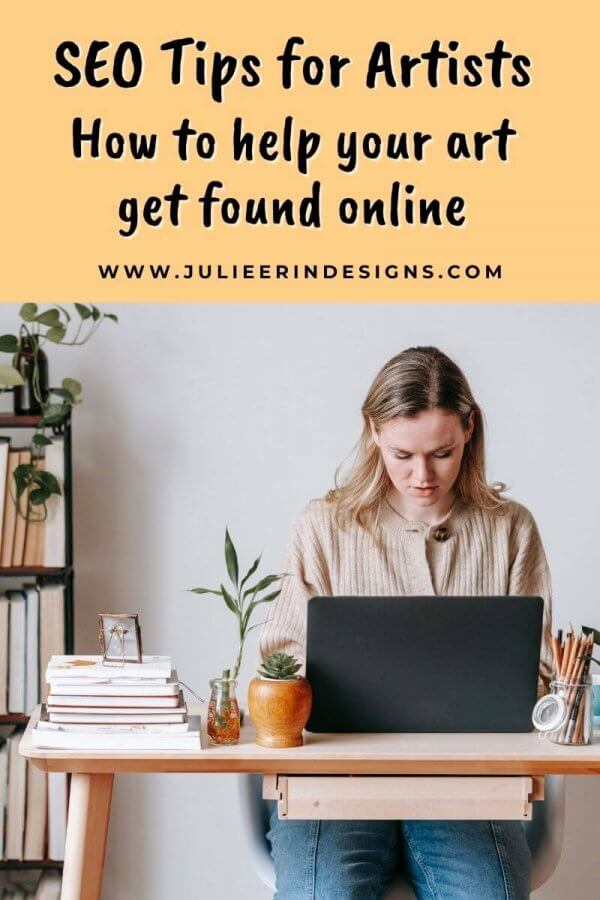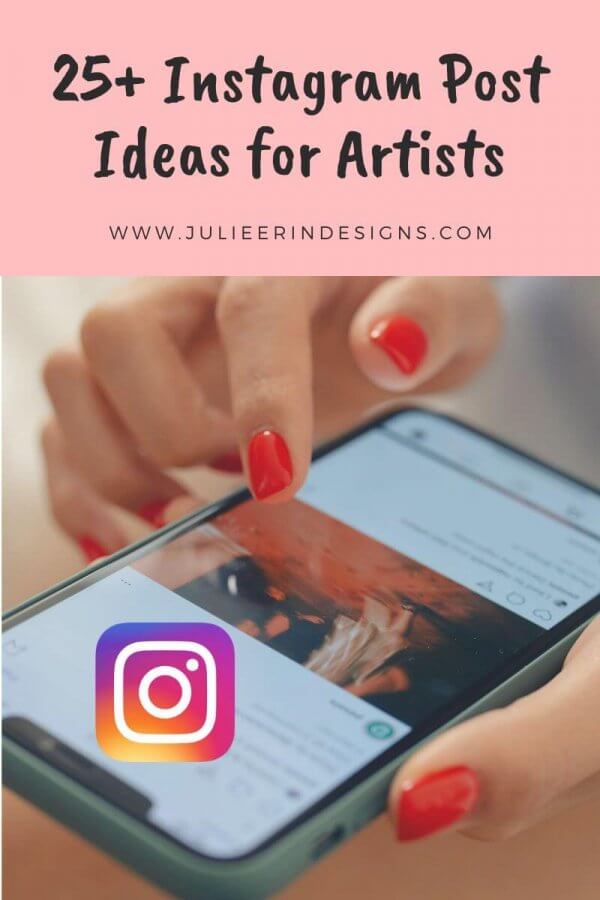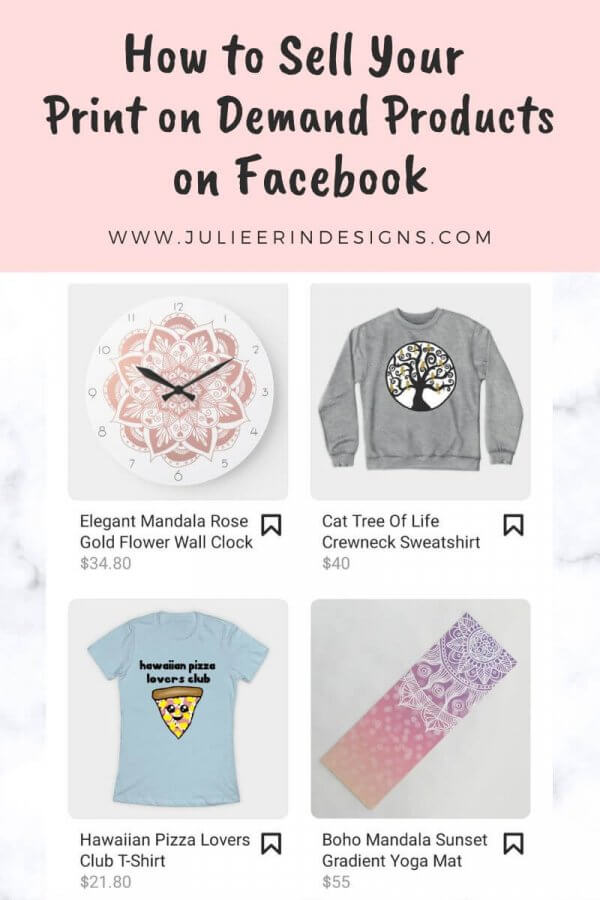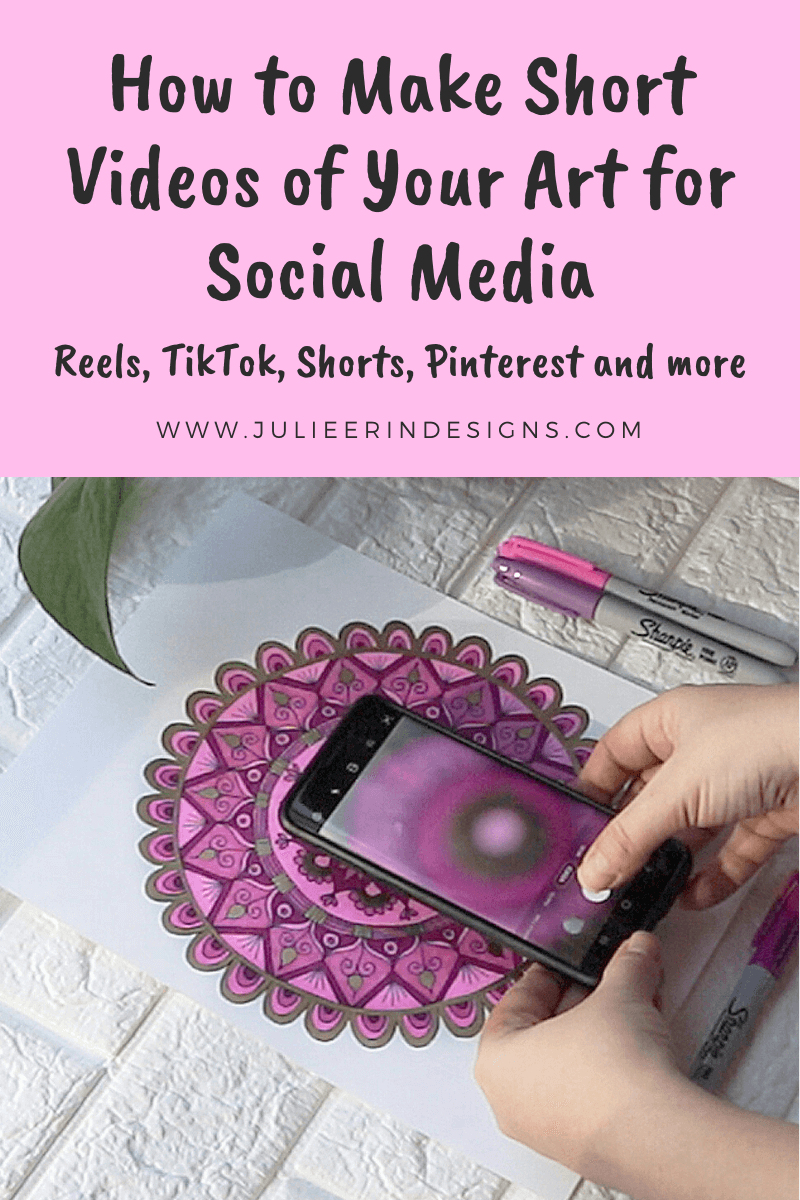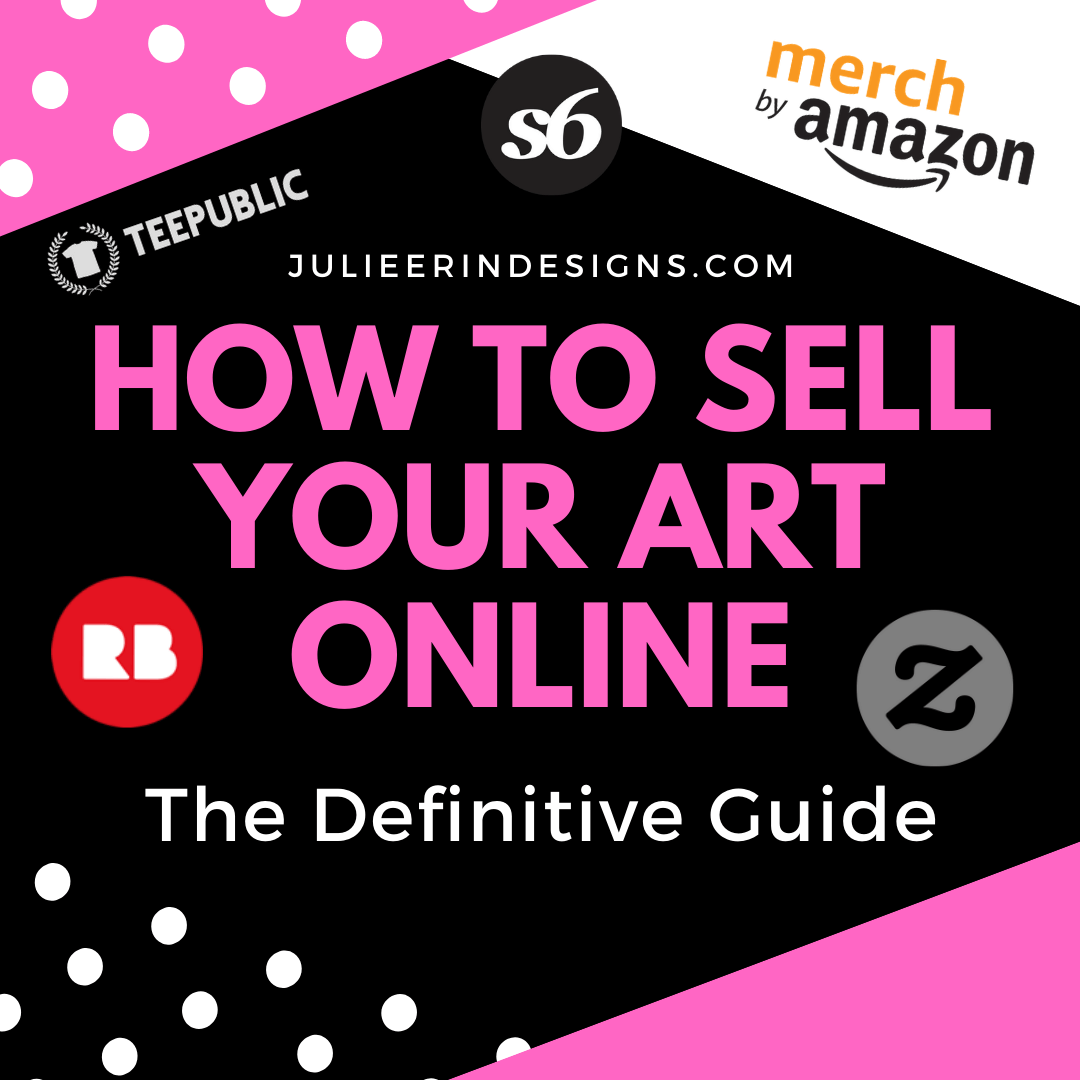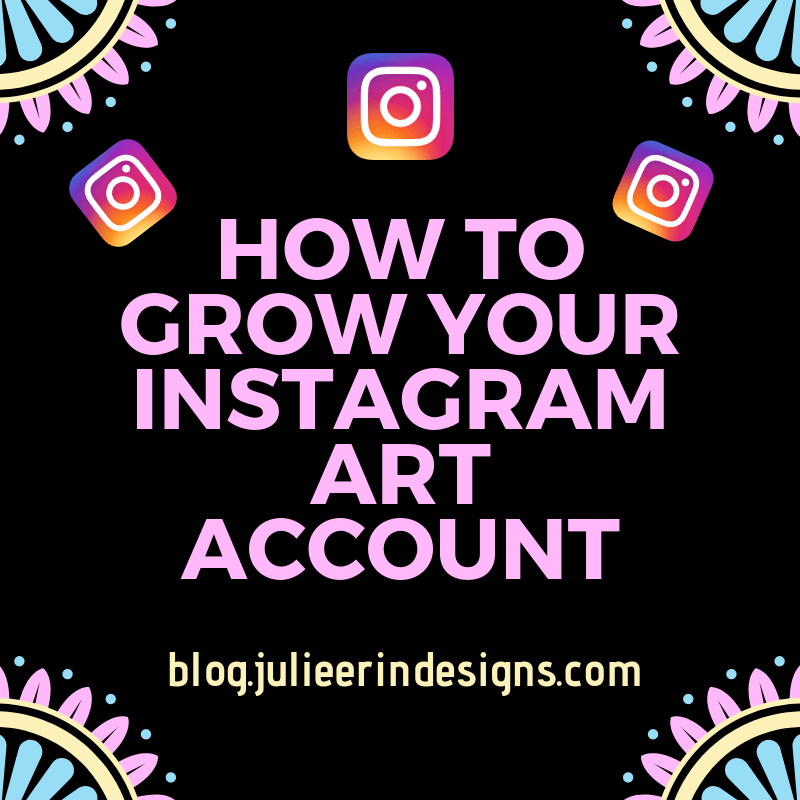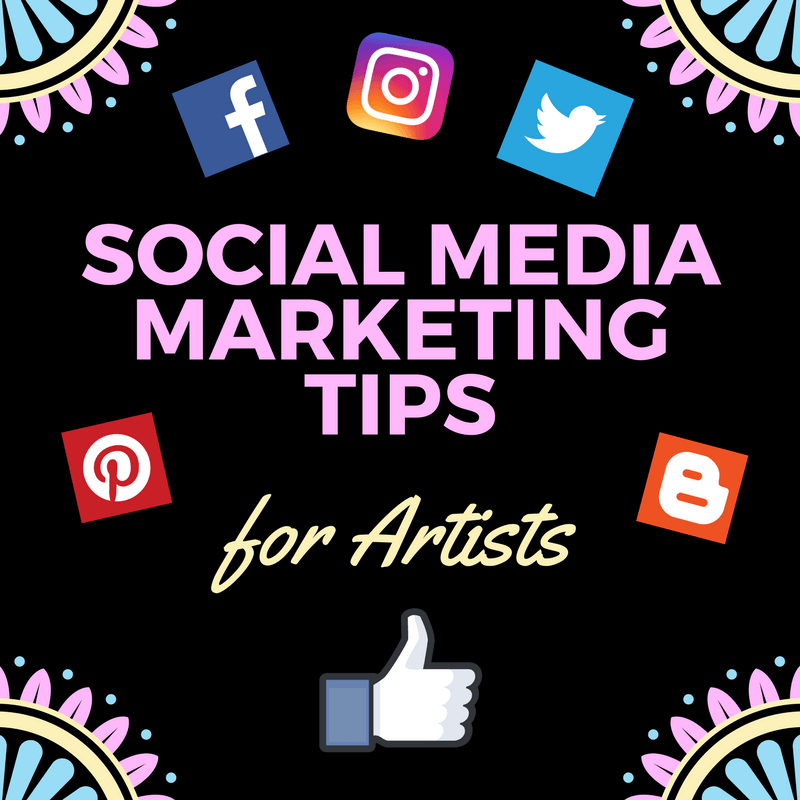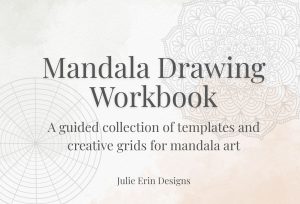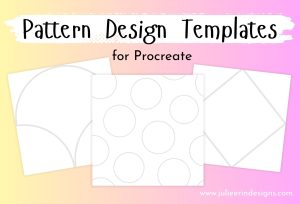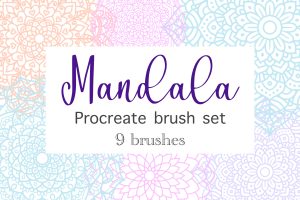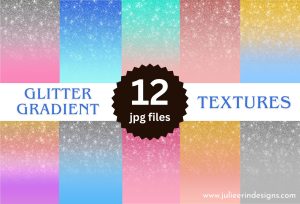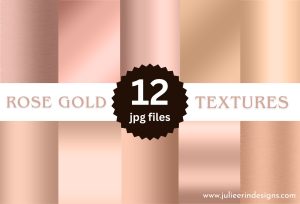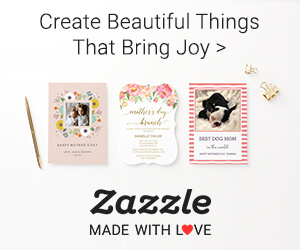AI is everywhere! Discover how to use AI tools in your art business to enhance your artwork, gain market insights, and boost productivity.
social media
SEO for Artists: How to help your art get found online
In this post I share some SEO tips for artists to help get your artwork found online through search engines like Google.
25+ Instagram Post Ideas for Artists
A list of over 25 Instagram post ideas and inspiration for artists including feed posts, reels and even stories!
How to Sell Your Print on Demand Products on Facebook
In this post I explain how to sell Print on Demand products on Facebook from third party websites like Redbubble and Society6.
How to Make Short Videos of Your Art for Social Media: Reels, Tiktok, Shorts, Pinterest and more
Do you want to learn how to make short videos of your art for social media like Instagram Reels and TikTok? Then this class is for you!
How to Sell Your Art Online – The Definitive Guide
A definitive guide with all of my posts about how to sell your art online through Print on Demand websites like Society6 and Redbubble.
How to Grow Your Instagram Art Account
In this post I’m sharing with you some tips on how to grow your account on Instagram, specifically for artists and creatives.
Social Media Marketing Tips For Artists
Social media tips for artists, especially for those using Print on Demand to sell their artwork online.
I’m an digital artist, surface designer, and online educator from Vancouver, Canada.
I’ve sold thousands of physical and digital products worldwide through print on demand companies.
Through my online classes and blog, I teach other artists how to sell their own art online and turn their passions into a business they love.
